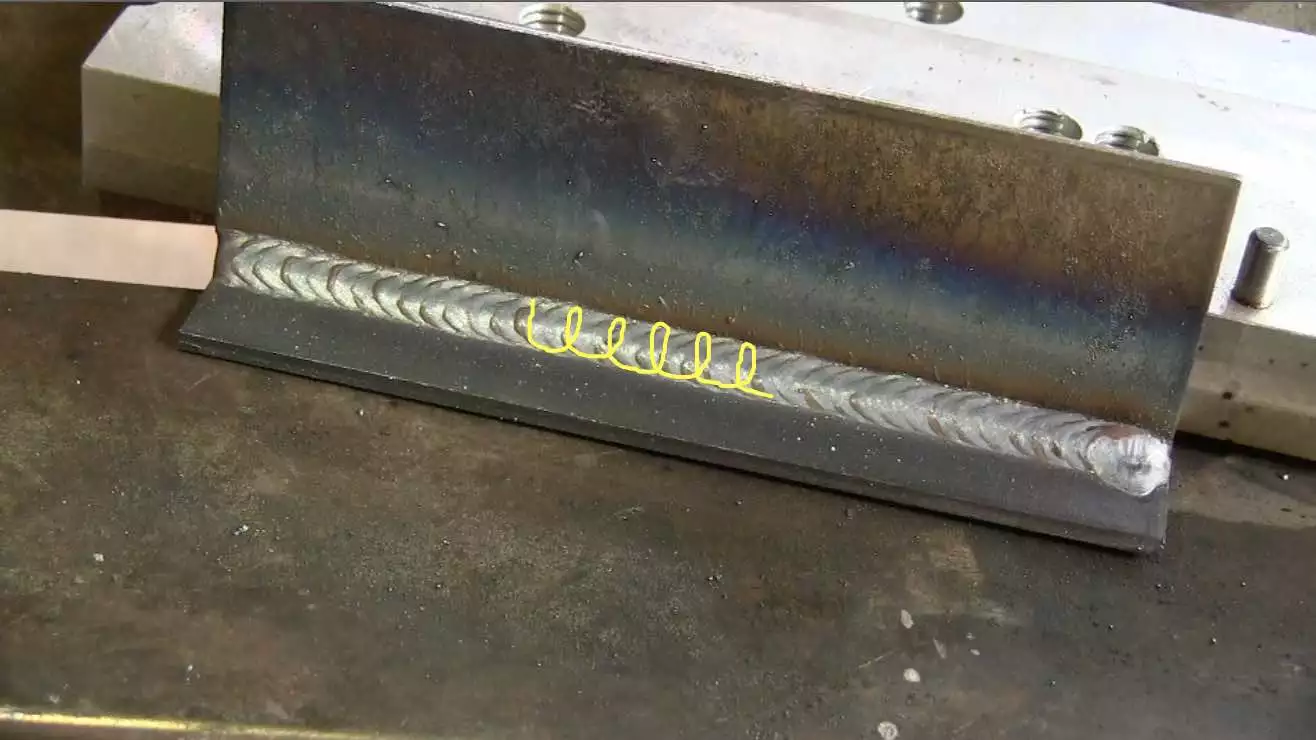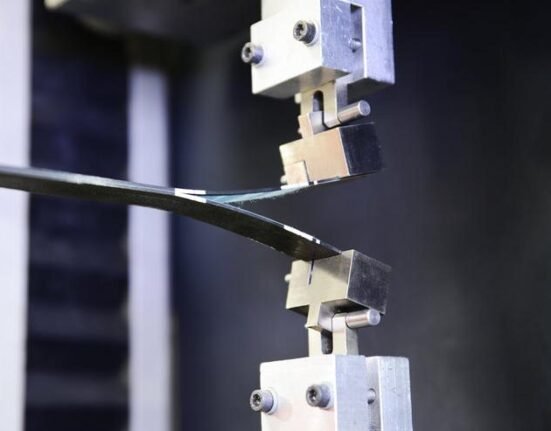Welding plays a fundamental role in Engineering, Procurement, Construction, and Installation (EPCI) projects, forming the backbone of structural integrity across various industries. In Nigerian industrial and construction environments, welding is a critical process that ensures durable and safe connections in pipelines, structural steel, and heavy machinery. Without proper welding techniques, projects face the risk of structural failure, costly reworks, and potential safety hazards. For engineers and field technicians, mastering best practices in welding is essential for maintaining high standards of quality and ensuring long-lasting connections.
Understanding the Basics of Welding in EPCI Projects
Welding is the process of joining metals by applying heat to melt and fuse materials together. In EPCI projects, welding is used in the fabrication of steel structures, offshore platforms, and industrial piping systems. Different welding methods are employed depending on the material type, project specifications, and environmental conditions. Engineers must understand the fundamental welding techniques and their applications to achieve reliable and strong connections.
Arc welding is one of the most commonly used methods in EPCI projects. It involves using an electric arc to generate the heat required to melt the base metal and filler material. Shielded Metal Arc Welding (SMAW), Gas Metal Arc Welding (GMAW), and Flux-Cored Arc Welding (FCAW) are popular techniques due to their versatility and effectiveness. Each method has unique advantages and requires specialized skills to perform correctly.
Material Preparation for Successful Welding
Proper material preparation is crucial for achieving strong and defect-free welds. Before starting any welding operation, engineers must ensure that the metal surfaces are clean, free of rust, grease, and other contaminants. Contaminated surfaces can lead to weak welds, porosity, and incomplete fusion, compromising the structural integrity of the connection.
Surface preparation involves cleaning the base metal using wire brushes, grinders, or chemical solvents. For high-precision projects, mechanical cleaning methods such as sandblasting may be required to remove surface impurities. In addition to cleaning, preheating the metal can reduce thermal stresses and prevent cracking, especially when working with thick materials or alloys susceptible to heat-affected zone issues.
Choosing the Right Welding Technique
Selecting the appropriate welding technique depends on several factors, including the type of material, joint configuration, and environmental conditions. For outdoor EPCI projects in Nigeria, Shielded Metal Arc Welding (SMAW) is often preferred due to its portability and ability to withstand windy conditions. Gas Metal Arc Welding (GMAW) is ideal for shop fabrication, offering high deposition rates and clean welds suitable for precision applications.
In situations requiring deep penetration and high strength, Submerged Arc Welding (SAW) provides excellent results. This method is commonly used for welding thick sections and large-diameter pipelines. Engineers must carefully assess project requirements and choose the most suitable welding process to ensure strong and durable connections.
Maintaining Welding Equipment and Safety Protocols
Proper maintenance of welding equipment is vital to ensure consistent performance and prevent defects. Routine inspection of welding machines, cables, and electrode holders helps identify wear and tear, reducing the likelihood of electrical faults and arc instability. Calibration of welding equipment ensures accurate voltage and amperage settings, which are essential for producing high-quality welds.
Safety is a primary concern in welding operations. Engineers and welders must adhere to safety protocols to protect themselves and their work environment. This includes wearing personal protective equipment (PPE) such as welding helmets, gloves, and flame-resistant clothing. Adequate ventilation is necessary to prevent the inhalation of welding fumes, particularly in confined spaces. Implementing fire prevention measures, such as maintaining a clean workspace and using fire blankets, reduces the risk of accidental fires.
Controlling Heat Input and Distortion
Heat input control is a critical factor in welding that affects the mechanical properties of the joint. Excessive heat can cause warping, distortion, and residual stresses, compromising the structural integrity of the weld. Engineers must use controlled welding parameters, including travel speed and heat input, to minimize these effects.
Techniques such as backstepping and intermittent welding help control heat distribution and reduce distortion. Pre-welding fixtures and jigs also provide stability and alignment during the welding process. Post-weld heat treatment may be necessary for thick sections to relieve internal stresses and enhance the mechanical properties of the welded joint.
Quality Control and Inspection
Quality control is an integral part of welding operations in EPCI projects. Thorough inspection and testing of welds ensure compliance with industry standards and project specifications. Engineers employ various non-destructive testing (NDT) methods to verify the integrity of welded joints.
Visual inspection is the first line of defense against weld defects, allowing engineers to identify surface irregularities and inconsistencies. Advanced techniques such as ultrasonic testing (UT) and radiographic testing (RT) provide detailed internal assessments of weld quality, detecting hidden flaws like cracks and voids. Documenting inspection results and maintaining comprehensive records is crucial for traceability and compliance in large-scale EPCI projects.
Continuous Training and Skill Development
Welding technology continues to evolve, making continuous training and skill development essential for engineers and welders. Regular training programs ensure that personnel remain updated on emerging techniques, safety regulations, and industry best practices. Engineers should collaborate with certified welding inspectors and industry experts to stay informed about the latest advancements in welding processes.
Investing in professional development not only enhances technical proficiency but also contributes to improved project outcomes and long-term success. By fostering a culture of continuous learning, EPCI organizations can maintain high standards of welding quality and operational efficiency.
Conclusion
Mastering welding techniques and best practices is fundamental for achieving strong and durable connections in EPCI projects. From material preparation and equipment maintenance to heat input control and quality inspection, every aspect of the welding process plays a crucial role in project success. Nigerian engineers working in diverse industrial environments must prioritize proper welding procedures to prevent failures, enhance structural integrity, and ensure project continuity.
Elevate your engineering expertise by staying updated on cutting-edge welding techniques and industry insights. Sign up now on epci.ng to access exclusive resources and enhance your skills in delivering high-quality EPCI projects.







Leave feedback about this